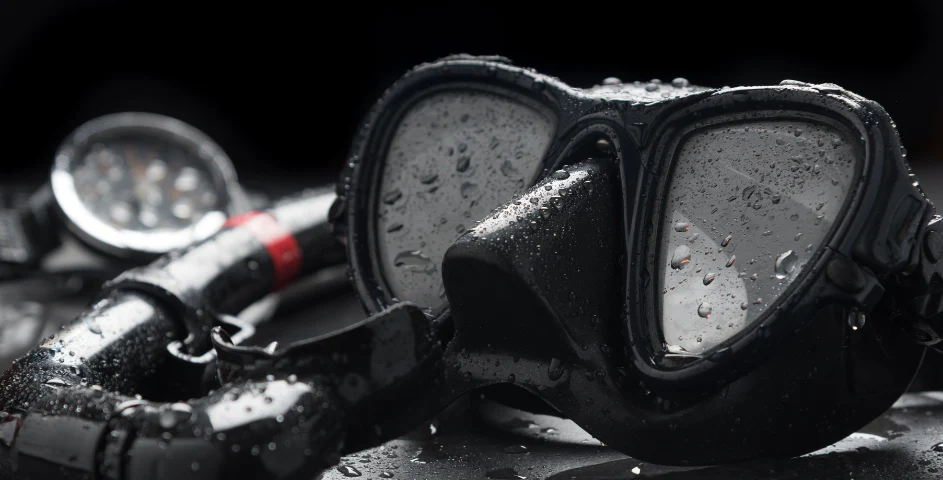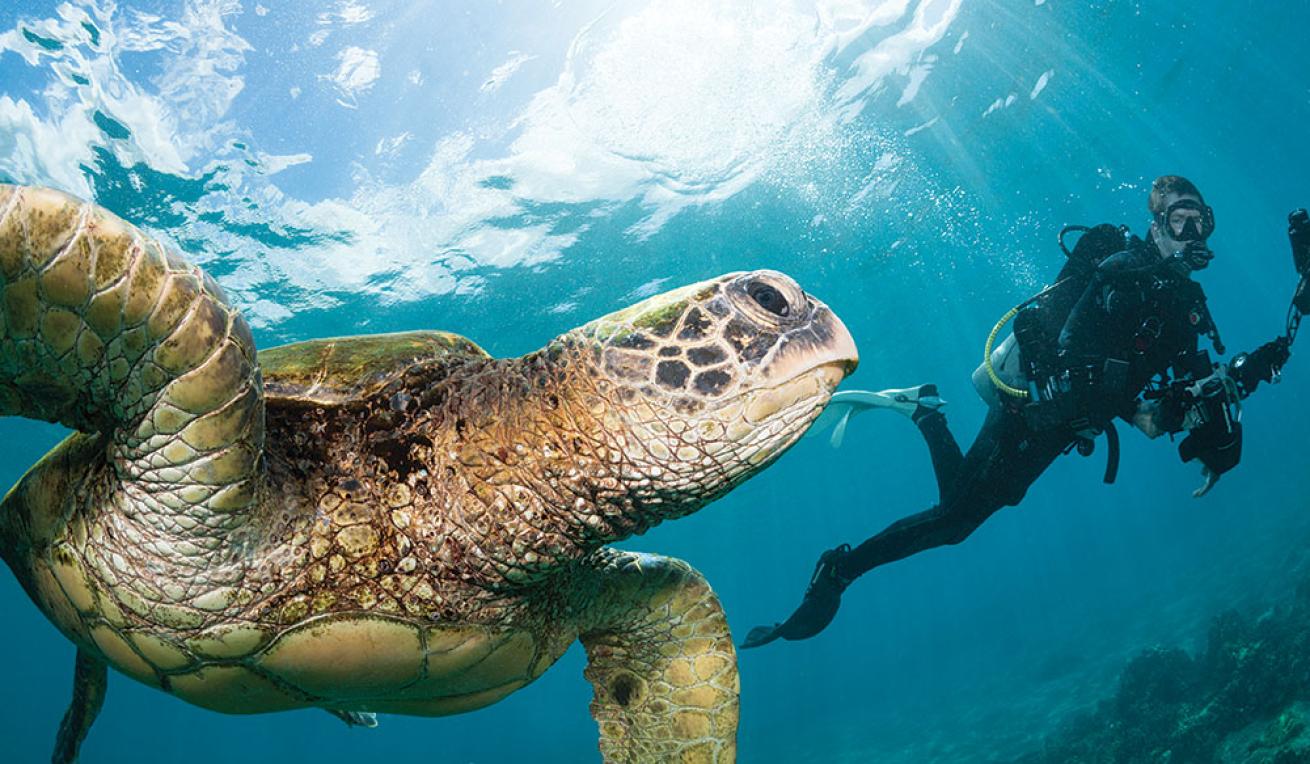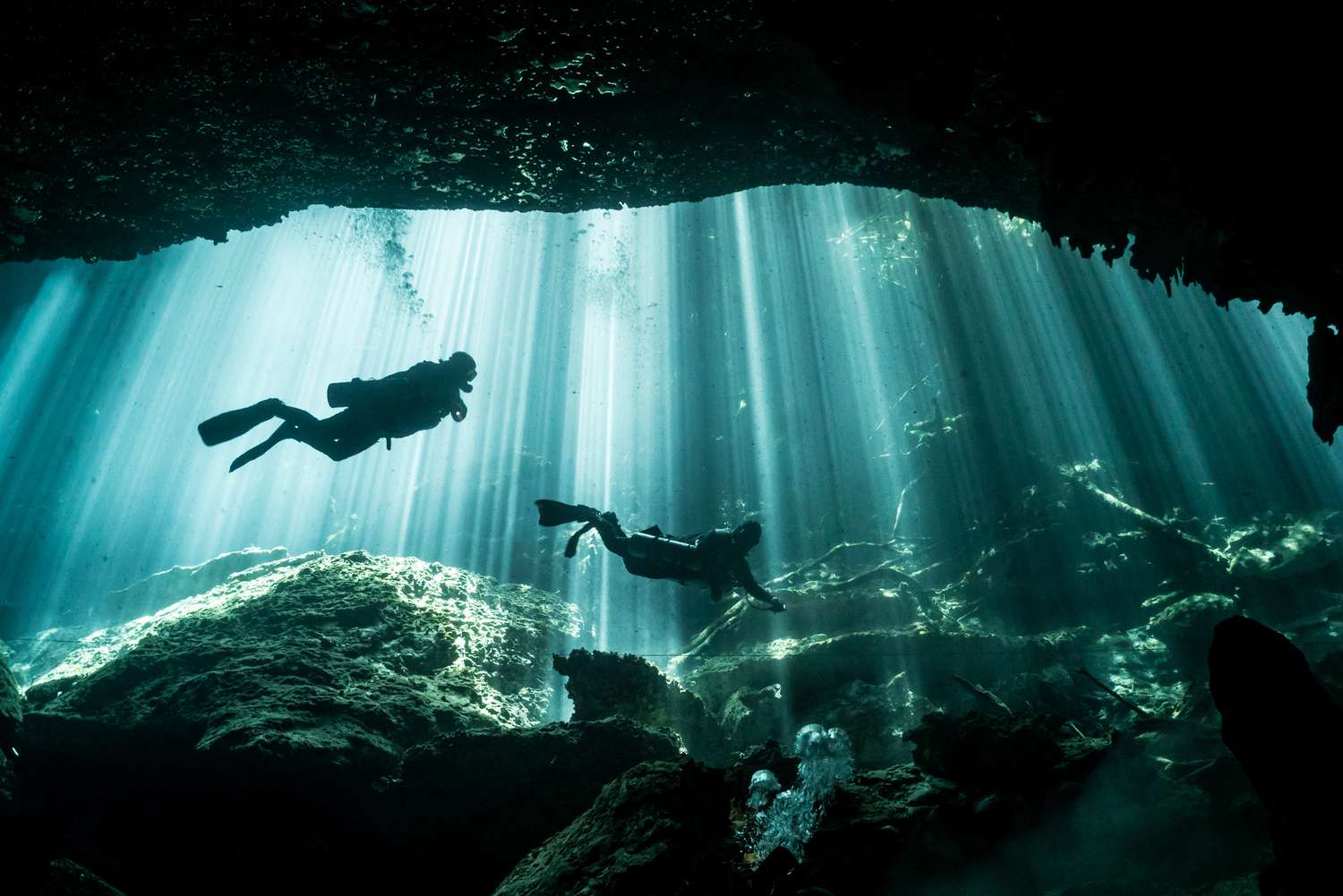Table of Contents
Diving enthusiasts are becoming increasingly aware of the environmental impact of their favourite sport. Consequently, many are seeking eco-friendly wetsuits to reduce their footprint and help protect the oceans they love to explore. Fortunately, there is a growing range of sustainable wetsuits on the market, offering divers more choices without compromising on quality or performance, including the option to choose a new wetsuit that aligns with their eco-conscious values.
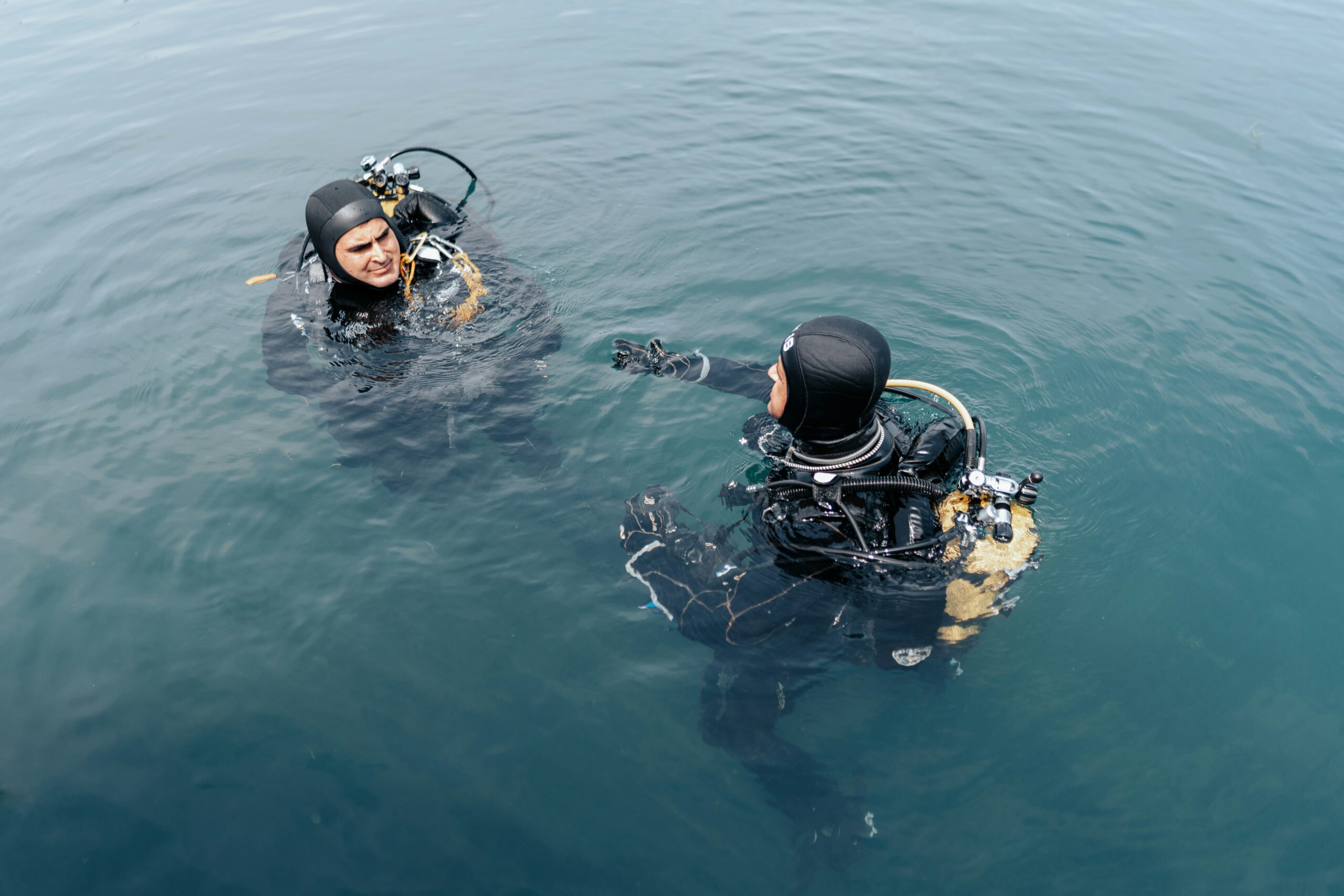
As the demand for eco-friendly gear grows, manufacturers are developing innovative materials and technologies that provide excellent insulation and flexibility while minimizing the environmental impact. Some of the best eco wetsuits available today combine cutting-edge design with planet-friendly materials, ensuring that divers can enjoy their adventures while respecting the environment.
By considering the materials, design, brand reputation, and user’s feedback, you can find the perfect eco wetsuit to suit your diving adventures. So, let’s dive in and explore the top 10 eco wetsuits you’ll want to wear on your next underwater journey.
The Importance of Eco-Friendly Wetsuits
Opting for durable wetsuits not only ensures longevity, potentially lasting up to four years with proper care, but also significantly reduces environmental impact by minimizing waste.
Environmental Benefits
Using sustainable wetsuits can positively impact our environment. Traditional wetsuits are made from materials that have a high carbon footprint, contributing to pollution and depletion of resources. On the other hand, environmentally friendly wetsuits utilise innovative materials, such as Yulex, which is a natural, plant-based alternative to traditional neoprene. This helps reduce the carbon emissions associated with wetsuit production and disposal.
Moreover, the manufacturing process used for eco-friendly wetsuits can be more efficient and less harmful to the environment. Through recycling materials like PET bottles, your choice in a sustainable wetsuit ultimately reduces the amount of waste that ends up in landfill sites or oceans.
Consumer Awareness
The growing demand for environmentally friendly wetsuits demonstrates an increase in consumer awareness about the environmental impact of our lifestyle choices. By choosing a sustainable wetsuit, you not only reduce your own carbon footprint but also set an example for other divers and outdoor enthusiasts to follow.
In addition, eco-friendly wetsuits are often designed with longevity in mind, featuring high-quality materials and durability. This means you can enjoy your diving adventures for longer while reducing your need to purchase new gear frequently.
As a consumer, your awareness and support for sustainable practices can help drive this market change further. By considering the environmental benefits, you’re making a conscious decision to protect our planet and promote a more sustainable future.
Next time you’re in the market for a wetsuit, consider the impact on the environment alongside factors such as fit, warmth, and functionality. By taking these steps, you play a part in the journey towards a more sustainable and eco-friendly diving experience.
Materials and Technologies in Eco Wetsuits

In addition to exploring plant-based materials, the industry is increasingly turning towards natural rubber wetsuits as a viable and eco-friendly alternative. These wetsuits are celebrated for their environmental benefits, including lower carbon emissions and sustainable manufacturing processes, offering a promising solution for those looking to minimize their ecological footprint.
Furthermore, the role of existing neoprene wetsuits in the eco-conscious movement cannot be overlooked. Through upcycling programs and repair initiatives, the life of neoprene wetsuits is extended, significantly reducing the need for virgin oil in their production and paving the way for future advancements in neoprene-free wetsuits made from sustainable materials.
Natural Rubber and Plant-Based Materials
One of the key aspects of eco wetsuits is their reliance on natural rubber and plant-based materials, such as Yulex rubber. Yulex is derived from the guayule plant, which provides a renewable, sustainable alternative to traditional petroleum-based neoprene. In addition, some brands utilise limestone neoprene, which is more eco-friendly due to its reduced petroleum content.
Another plant-based material gaining traction in the wetsuit industry is natural rubber. Natural rubber offers similar flexibility and durability properties as neoprene, but without the environmental costs associated with petroleum-based products.
Recycled and Upcycled Inputs
Recycled materials play a significant role in reducing the environmental impact of wetsuits. One commonly used material is recycled polyester, which can be derived from plastic bottles and other discarded materials. This helps minimise waste and reduces the production of new synthetic materials.
Recycled nylon is another input in the construction of sustainable wetsuits. Not only does it reduce the need for new materials, but it also helps clean up ocean waste. Moreover, water-based glue, instead of solvent-based adhesives, is used in the production process to reduce harmful VOC emissions.
Innovations in Durable Design
Sustainable wetsuits are also known for their innovations in durable design. For example, some neoprene-free wetsuits provide excellent performance in flexibility, heat retention, and buoyancy, while also being eco-friendly. This combination leads to longer-lasting wetsuits that ultimately produce less waste.
Additionally, some brands pay close attention to seam placement and construction techniques to improve the longevity and performance of their eco wetsuits. By combining sustainable materials and innovative design elements, eco wetsuits provide users with a high-quality product that lessens their impact on the environment.
Comparing Eco Wetsuits to Traditional Options
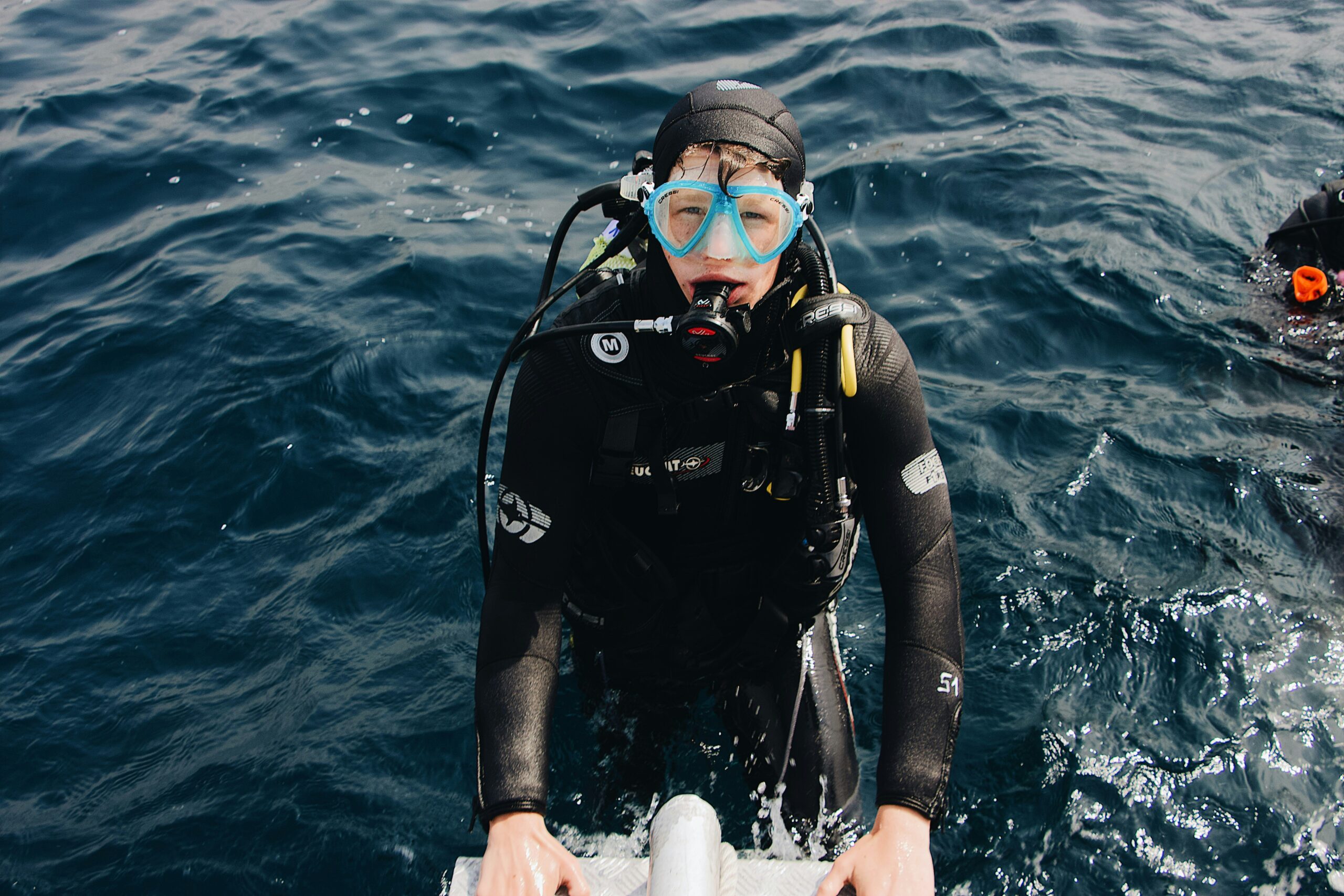
Performance and Functionality
When comparing eco wetsuits to traditional neoprene wetsuits, you’ll find that eco wetsuits are designed to provide optimal performance while minimising their environmental impact. Eco wetsuits, such as the Patagonia R3, offer fantastic flexibility, high heat retention, and buoyancy. These suits are made from sustainable, plant-based materials and recycled plastics, which makes them a more environmentally friendly choice than conventional neoprene wetsuits. On the other hand, traditional wetsuits are typically made from petroleum-based materials, which can negatively impact the environment.
Longevity and Durability
Eco wetsuits may also offer increased longevity and durability compared to traditional wetsuits. For example, the Zhik ECO Wetsuit features a recycled soft fleece lining and a higher degree of stretch than conventional neoprene wetsuits. This increased stretch not only improves comfort and freedom of movement but also contributes to a longer lifespan for the suit. In contrast, traditional wetsuits can break down over time due to exposure to the elements and the natural degradation of their materials.
Price Considerations
In terms of cost, eco wetsuits can be more expensive than their traditional counterparts due to the use of more sustainable materials and production methods. However, the difference in price can be seen as an investment in both the quality and environmental impact of the product. By choosing an eco wetsuit, you’re contributing to a more sustainable future for the planet while still enjoying the benefits of a high-quality, durable wetsuit suited for your diving adventures.
Top Eco Wetsuit Brands and Products
Leading Brands Commitment
Several wetsuit brands have shown strong commitments to producing eco-friendly wetsuits for your diving adventures. Among these are Patagonia, Rip Curl, and Picture Organic. These wetsuit manufacturers are dedicated to sustainability and innovation, ensuring that they offer the best eco-friendly wetsuits for consumers.
Many of these leading brands are incorporating alternative materials and reducing waste by utilising recycled materials in their manufacturing processes. Patagonia, for instance, developed the first neoprene-free wetsuit in 2012, further demonstrating their commitment to sustainability.
Product Reviews and Comparisons
- Patagonia R3: Known as one of the best all-round eco wetsuits for both women and men, the Patagonia R3 is neoprene-free and offers excellent insulation properties. It is highly recommended for its durability and performance.
- Patagonia R1: The Patagonia R1 is considered the best eco-friendly summer wetsuit for women and men. It shares many of the same sustainable attributes of the R3 but is lighter in weight, making it an ideal option for warmer climates.
- Vissla 7 Seas: This wetsuit has decent eco features and provides a fantastic all-round option for both men and women. The Vissla 7 Seas showcases both comfort and flexibility, making it perfect for various water sports.
- Rip Curl: As a leading wetsuit brand, Rip Curl is making strides towards sustainability by offering eco-friendly products like the Rip Curl E-Bomb. With innovative technology and commitment to the environment, you can rely on Rip Curl for a high-quality, eco-friendly wetsuit choice.
- Picture Organic: Another top sustainable wetsuit brand, Picture Organic uses eco-friendly materials in their products. Their wetsuits are made from natural and recycled materials, making them a suitable option for eco-conscious consumers.
When selecting the best eco wetsuit for your diving adventures, it is vital to consider the brand’s commitment to sustainability, product performance, and comfort, among other factors. By choosing one of the eco-friendly wetsuits mentioned above, you can ensure that you are not only enjoying your underwater experience but also making a positive impact on the environment.
The Future of Sustainable Wetsuits
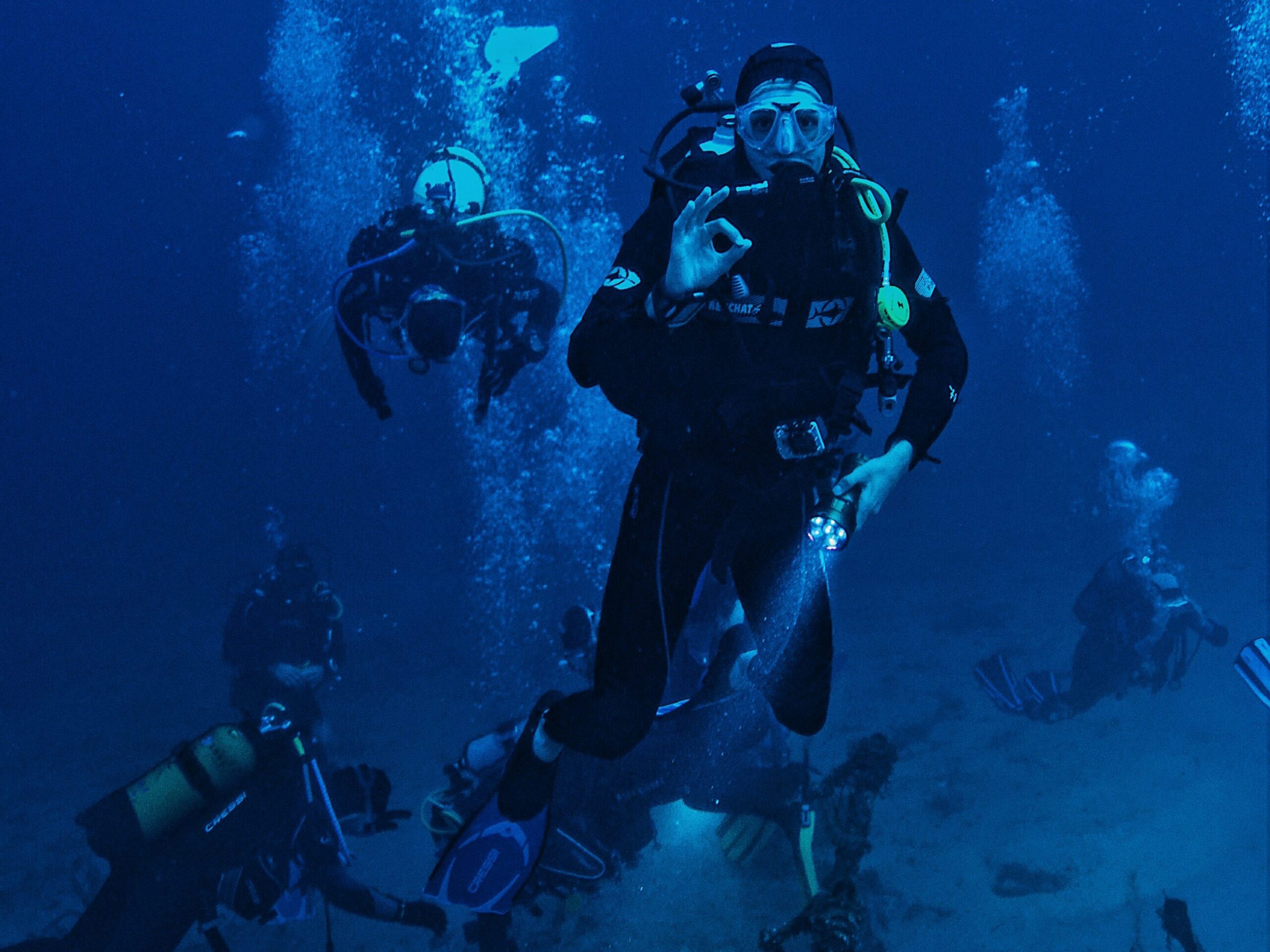
Industry Innovations
The wetsuit industry has come a long way in incorporating eco-friendly practices. One key innovation is the use of neoprene-free materials in the production of wetsuits. These wetsuits are made from natural rubber and other sustainable materials, ensuring that the environmental impact is greatly reduced. In addition, many companies are focusing on recycling wetsuits at the end of their lifespan, further reducing waste.
Examples of some of the most eco-friendly wetsuits on the market include the Patagonia R3 and Zhik ECO Wetsuit. These suits offer high-performance features while keeping sustainability at the forefront of their designs.
Consumer Trends in Sustainable Diving
As a diving enthusiast, you’ve likely noticed an increase in consumer demand for sustainable and eco-friendly products. Here’s a brief overview of some trends in sustainable diving:
- Increased awareness – Divers are becoming more conscious of the environmental impact of their gear, leading to a higher demand for sustainable wetsuits.
- Willingness to invest – Consumers are now willing to invest in eco-friendly wetsuits, even if it means paying a little more for a sustainable option.
- Shift towards natural materials – As the need for sustainable wetsuits grows, more companies are embracing natural materials, such as natural rubber, in their designs.
By choosing a sustainable wetsuit, you’re not only making a commitment to your diving adventures but also playing an important role in protecting the environment. With continued industry innovations and a growing awareness among consumers, the future for sustainable wetsuits is bright and promising.
Frequently Asked Questions

Many wetsuits are made from neoprene, a synthetic rubber with environmental drawbacks. Eco-friendly wetsuits are crafted from alternative, sustainable materials such as Yulex (natural rubber), limestone neoprene, and recycled polyester. These materials are more environmentally friendly and have less impact on the planet during production.
Some of the top brands offering eco-friendly wetsuits for diving include Patagonia, Zhik ECO, and Vissla. These brands focus on using sustainable materials and production methods, keeping quality and performance in mind.
Cold water diving wetsuits typically have a thicker layer of neoprene or alternative materials to provide better insulation for the diver. These suits may range from 5mm to 7mm in thickness, compared to standard scuba diving suits which are usually between 2.5mm and 3mm. Thicker wetsuits help keep the diver warm in colder water temperatures and provide additional protection against potential hazards.
When selecting a wetsuit for swimming, you’ll generally want a thinner and more flexible material, typically ranging between 1.5mm to 2.5mm in thickness. This allows for greater freedom of movement, which is important in swimming activities. For diving, a thicker material and better insulation are required, since underwater temperatures can be significantly colder than at the surface.
The best 5mm wetsuits for scuba diving should combine durability, flexibility, and insulation. Look for features such as reinforced knee pads, an adjustable collar, and well-designed seams that prevent water entry. Additionally, seek out a suit with an effective locking system, such as a back or chest zipper, for a secure fit.
The environmental impact of women’s and men’s scuba diving wetsuits is primarily determined by the materials used and the production processes involved. Both types of wetsuits can be made with eco-friendly materials and processes, making their impacts on the environment comparable. It’s important to choose a wetsuit brand that prioritises sustainability and environmentally friendly practices, regardless of whether you’re looking for a women’s or men’s suit.

